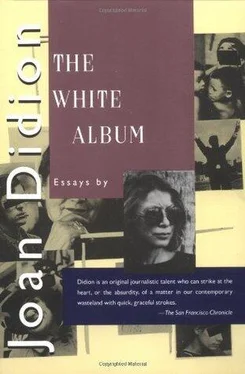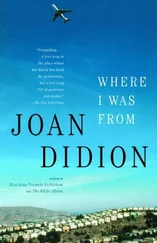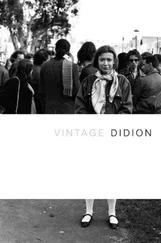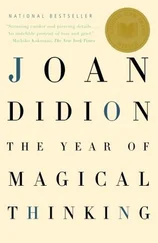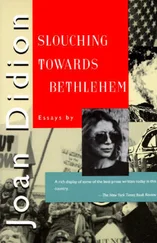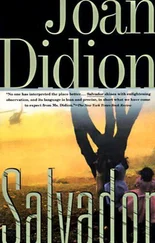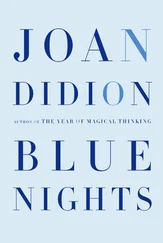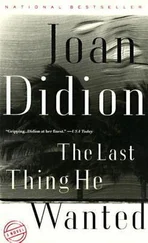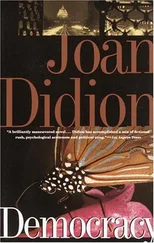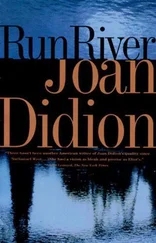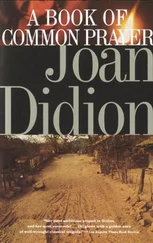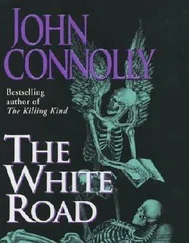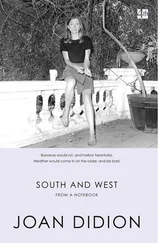But then the buyers from Taipei or Durban would go into the office to make their deal and the silence in the greenhouse would again be total. The temperature was always 72 degrees. The humidity was always 60 per cent. Great arcs of white phalaenopsis trembled overhead. I learned the names of the crosses by studying labels there in the greenhouse, the exotic names whose value I did not then understand. Amahilis x Rimestadiana = Elisabethae. Aphrodite x Rimestadiana = Gilles Gratiot. Amahilis x Gilles Gratiot = Katherine Siegwart and Katherine Siegwart x Elisabethae = Doris. Doris after Doris Duke. Doris which first flowered at Duke Farms in 1940. At least once each visit I would remember the nickel pansy and find Amado Vazquez and show him a plant I wanted to buy, but he would only smile and shake his head. “For breeding,” he would say, or “not for sale today.” And then he would Hft the spray of flowers and show me some point I would not have noticed, some marginal difference in the substance of the petal or the shape of the blossom. “Very beautiful,” he would say. “Very nice you like it.” What he would not say was that these plants he was letting me handle, these plants “for breeding” or “not for sale today,” were stud plants, and that the value of such a plant at Arthur Freed could range from ten thousand to more than three-quarters of a million dollars.
I suppose the day I realized this was the day I stopped using the Arthur Freed greenhouses as a place to eat my lunch, but I made a point of going up one day in 1976 to see Amado Vazquez and to talk to Marvin Saltzman, who took over the business in 1973 and is married to Arthur Freed’s daughter Barbara. (As in Phal. Barbara Freed Saltzman “Jean McPherson,” Phal. Barbara Freed Saltzman “Zuma Canyon,” and Phal Barbara Freed Saltzman “Malibu Queen,” three plants “not for sale today” at Arthur Freed.) It was peculiar talking to Marvin Saltzman because I had never before been in the office at Arthur Freed, never seen the walls lined with dulled silver awards, never seen the genealogical charts on the famous Freed hybrids, never known anything at all about the actual business of orchids.
“Frankly it’s an expensive business to get into,” Marvin Saltzman said. He was turning the pages of Sanders List, the standard orchid studbook, published every several years and showing the parentage of every hybrid registered with the Royal Horticultural Society, and he seemed oblivious to the primeval silence of the greenhouse beyond the office window. He had shown me how Amado Vazquez places the pollen from one plant into the ovary of a flower on another. He had explained that the best times to do this are at full moon and high tide, because phalaenopsis plants are more fertile then. He had explained that a phalaenopsis is more fertile at full moon because in nature it must be pollinated by a night-flying moth, and over sixty-five million years of evolution its period of highest fertility began to coincide with its period of highest visibility. He had explained that a phalaenopsis is more fertile at high tide because the moisture content of every plant responds to tidal movement. It was all an old story to Marvin Saltzman. I could not take my eyes from the window.
“You bring back five thousand seedlings from the jungle and you wait three years for them to flower,” Marvin Saltzman said. “You find two you like and you throw out the other four thousand nine hundred ninety-eight and you try to breed the two. Maybe the pollenization takes, eighty-five percent of the time it doesn’t. Say you’re lucky, it takes, you’ll still wait another four years before you see a flower. Meanwhile you’ve got a big capital investment. An Arthur Freed could take $400,000 a year from M-G-M and put $100,000 of it into getting this place started, but not many people could. You see a lot of what we call backyard nurseries — people who have fifty or a hundred plants, maybe they have two they think are exceptional, they decide to breed them — but you talk about major nurseries, there are maybe only ten in the United States, another ten in Europe. That’s about it. Twenty.”
Twenty is also about how many head growers there are, which is part of what lends Amado Vazquez his legendary aspect, and after a while I left the office and went out to see him in the greenhouse. There in the greenhouse everything was operating as usual to approximate that particular level of a Malaysian rain forest — not on the ground but perhaps a hundred feet up — where epiphytic orchids grow wild. In the rain forest these orchids get broken by wind and rain. They get pollinated randomly and rarely by insects. Their seedlings are crushed by screaming monkeys and tree boas and the orchids live unseen and die young. There in the greenhouse nothing would break the orchids and they would be pollinated at full moon and high tide by Amado Vazquez, and their seedlings would be tended in a sterile box with sterile gloves and sterile tools by Amado Vazquez’s wife, Maria, and the orchids would not seem to die at all. “We don’t know how long they’ll Hve,” Marvin Saltzman told me. “They haven’t been bred under protected conditions that long. The botanists estimate a hundred and fifty, two hundred years, but we don’t know. All we know is that a plant a hundred years old will show no signs of senility.”
It was very peaceful there in the greenhouse with Amado Vazquez and the plants that would outlive us both. “We grew in osmunda then,” he said suddenly. Osmunda is a potting medium. Amado Vazquez talks exclusively in terms of how the orchids grow. He had been talking about the years when he first came to this country and got a job with his brother tending a private orchid collection in San Marino, and he had fallen silent.”I didn’t know orchids then, now they’re like my children. You wait for the first bloom like you wait for a baby to come. Sometimes you wait four years and it opens and it isn’t what you expected, maybe your heart wants to break, but you love it. You never say,’that one was prettier. ’You just love them. My whole life is orchids.”
And in fact it was. Amado Vazquez’s wife, Maria (as in Phal. Maria Vasquez “Malibu,” the spelling of Vazquez being mysteriously altered by everyone at Arthur Freed except the Vazquezes themselves), worked in the laboratory at Arthur Freed. His son, George (as in Phal. George Vasquez “Malibu”), was the sales manager at Arthur Freed. His daughter, Linda (as in Phal Linda Mia “Innocence”), worked at Arthur Freed before her marriage. Amado Vazquez will often get up in the night to check a heater, adjust a light, hold a seed pod in his hand and try to sense if morning will be time enough to sow the seeds in the sterile flask. When Amado and Maria Vazquez go to Central or South America, they go to look for orchids. When Amado and Maria Vazquez went for the first time to Europe a few years ago, they looked for orchids. “I asked all over Madrid for orchids,” Amado Vazquez recalled. “Finally they tell me about this one place. I go there, I knock. The woman finally lets me in. She agrees to let me see the orchids. She takes me into a house and…”
Amado Vazquez broke off, laughing.
“She has three orchids,” he finally managed to say. “Three. One of them dead. All three from Oregon.”
We were standing in a sea of orchids, an extravagance of orchids, and he had given me an armful of blossoms from his own cattleyas to take to my child, more blossoms maybe than in all of Madrid. It seemed to me that day that I had never talked to anyone so direct and unembarrassed about the things he loved. He had told me earlier that he had never become a United States citizen because he had an image in his mind which he knew to be false but could not shake: the image was that of standing before a judge and stamping on the flag of Mexico. “And I love my country,” he had said. Amado Vazquez loved his country. Amado Vazquez loved his family. Amado Vazquez loved orchids. “You want to know how I feel about the plants,” he said as I was leaving. “I’ll tell you. I will die in orchids.”
Читать дальше
